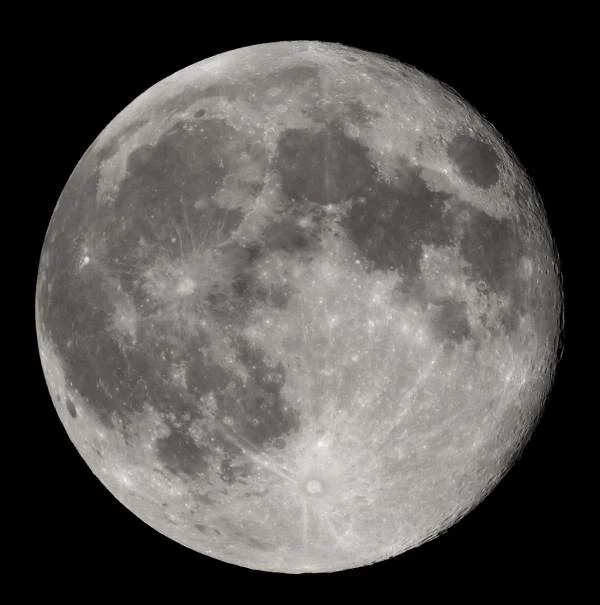The moon may be a harsh mistress, but Russian scientists say they want to establish a colony below the lunar surface.
According to Russian space official Sergei Krikalyov, recently discovered volcanic tunnels could provide natural shelter for the first colonists.

Indeed, scientists believe the moon’s volcanic past created a vast underground network of lava tubes – some of which may be accessible by a meters-deep hole recently discovered by Japan’s Kaguya spacecraft.
“This new discovery that the moon may be a rather porous body could significantly alter our approach to founding lunar bases,” Krikalyov explained in a statement quoted by Reuters.
“If it turns out that the moon has a number of caves that can provide some protection from radiation and meteor showers, it could be an even more interesting destination than previously thought.”
To illustrate his point, Krikalyov presented a slideshow showing bunker-like inflatable tents on the lunar surface.
“There wouldn’t be any need to dig the lunar soil and build walls and ceilings… It would be enough to use an inflatable module with a hard outer shell to seal the caves.”
Boris Kryuchkov, deputy science head at Russia’s Star City cosmonaut training center, estimated the first such lunar colonies could be built by 2030. In the meantime, however, Moscow is focusing on rebooting its lunar program by prepping the Luna-Glob probe for a 2014 launch. The probe is slated to explore the Moon’s polar regions, with a specific emphasis on analyzing lunar permafrost.
“Possibly, comets brought water onto the Moon and also the Earth. There are two significant differences between the Earth and Moon: the Earth has a stronger gravitational field and a thick atmosphere. Owing to this the Earth could hold out, water and rivers, lakes and oceans appeared, and later, all this led to the origin of life,” Igor Mitrofanov, a fellow at the Space Research Institute of the Russian Academy of Science, told the Voice of Russia.
“The Moon has no atmosphere and has a weak gravitational field. Water on its surface can be only under the conditions of extreme cold. When question arises about manned expeditions and setting up of lunar stations, water resources should guarantee the station with oxygen and water for day to day use and can be used to produce hydrogen, an excellent fuel for rockets. At present, we are engaged in hydrology surveillance for the exploration of the Moon in the future.”






